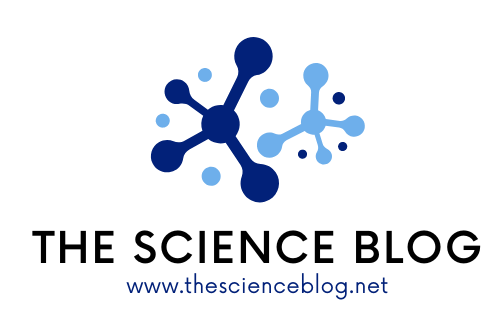
The Hormone That Could Be Making Your Dog Aggressive
When their canine friend sees another dog passing by, a relaxing walk can quickly turn distressing for some dog owners. During walks, dogs with “leash aggression” may bark, snarl, or lunge at other dogs, setting the stage for a tense and perhaps lethal encounter.
So, why do some dogs snap at the leash while others do not? Hormones maybe to a fault in part. Although several researchers have looked at the involvement of testosterone and serotonin in dogs and other mammalian aggressiveness, those chemicals may only represent half of the picture.

We’ll look at the hormones oxytocin and vasopressin, which are prevalent in humans, and discover that they may have a role in moulding dogs’ social behaviour.
The development of therapies might be assisted by a better knowledge of the biology driving canine aggressiveness.
Aggression
Dog aggressiveness is a major issue. Thousands of people, particularly children, are hospitalized each year due to dog attacks, and aggressiveness is one of the most common reasons dogs are surrendered to shelters. If there are ways to intervene and influence biological processes that lead to aggressiveness, it might be extremely beneficial for humans and canines.
Oxytocin is known as the “love hormone” because its levels in humans have been proven to rise when we embrace or kiss a loved one. It is also important in birthing and breastfeeding. Vasopressin is a similarly related hormone that helps the body retain water.
In contrast to oxytocin, it has been related to aggressiveness in humans, with an earlier study finding that those with persistent aggression issues had high amounts of vasopressin.
Various types of dogs have been used in research. The dogs who behaved violently had greater amounts of total vasopressin in their bodies, suggesting that vasopressin and aggressiveness are linked.
According to the researchers, there were no variations in oxytocin levels between the two groups of dogs. When they compared the oxytocin levels of the study’s pet dogs to a group of assistance dogs, which are expressly bred to have non-aggressive temperaments, they discovered that the assistance dogs had greater oxytocin levels higher oxytocin-to-vasopressin ratios. This backs up the theory that oxytocin might aid in reducing hostility.
The presence of high oxytocin levels in assistance dogs is perfectly compatible with their behavioural phenotype, which is that they are extremely friendly canines that do not attack people or other dogs.

Conclusion
It would seem logical to assume that if vasopressin promotes aggressiveness, medications targeting the vasopressin system may be developed to aid in dogs’ very violent circumstances.
Currently, oxytocin and vasopressin are widely employed as medicines in humans. The oxytocin system has been linked to anything from autism to schizophrenia to post-traumatic stress disorder. Clinical trials are being conducted to see if oxytocin can be used as a medication to induce a behavioural response. It’s intriguing to consider that some of the same medicines we’re testing in humans may be effective in dogs.
According to their owners, the development of aggressive symptoms in many dogs with aggressiveness issues is said to have occurred after some form of a traumatic incident. It was frequently the case that the dog had been assaulted by another dog and was hypervigilant as a result of the incident — almost like a post-traumatic reaction.
There’s some good news for dog owners and their canines: Friendly dog-human interactions are one strategy to increase oxytocin levels and decrease vasopressin in dogs. And it influences humans as well.
Previous research has shown that dog-human amicable interactions cause oxytocin release and that when dogs engage with people, their vasopressin levels decrease over time. Let us know in the comments if you have tips to control your pet aggressivity…
You May Also Like

The Bible vs Science: A Christian’s Perspective on the Big Bang Theory
2022-04-04
The Thrill Chasers: Unraveling the Concept of Adrenaline Addiction
2024-01-17
